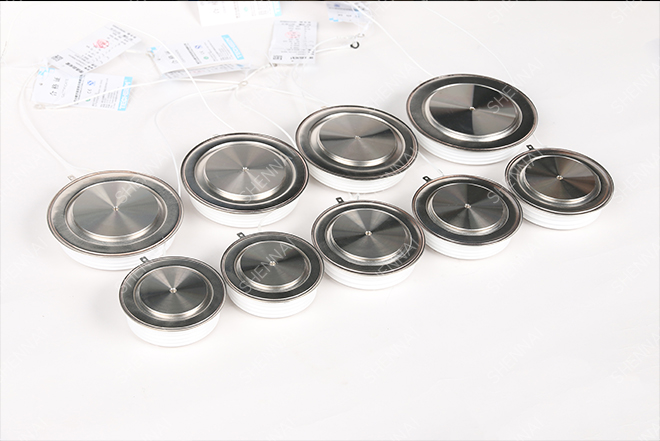- Tel:+8613007564317
- Email:[email protected]
FAQ

Fault phenomenon: after the equipment is started, when the power rises to a certain value, the equipment is prone to overcurrent protection action, sometimes burning out the thyristor components and restarting, and the phenomenon remains the same.
Fault analysis and treatment are as follows:
a. If overcurrent is easy to occur at low voltage just after startup, it is due to the small leading angle of the inverter, which makes the inverter thyristor unable to turn off reliably.
b. If the water in the water-cooling jacket of the inverter thyristor is cut off or the heat dissipation effect is reduced, replace the water-cooling jacket. Sometimes it is enough to observe the water output and pressure of the water-cooling jacket, but often due to water quality problems, a layer of scale is attached to the wall of the water-cooling jacket. Because scale is a material with extremely poor thermal conductivity, although there is enough water flow, its heat dissipation effect is greatly reduced due to the isolation of scale. The judgment method is: operate the power at a power lower than the overcurrent value for about 10min, and stop the machine quickly. After stopping the machine, quickly touch the core of the thyristor element with your hand. If you feel hot, the fault is caused by this reason.
c. In case of poor contact and disconnection of the channel connecting wire, check the channel connecting wire and deal with it according to the actual situation. When the slot connecting wire has poor contact and broken wire, the ignition phenomenon will occur after the power rises to a certain value, which affects the normal operation of the equipment, resulting in equipment protection action. Sometimes, transient overvoltage will be generated at both ends of the thyristor due to ignition. If the overvoltage protection action is too late, the thyristor components will be burned out. This phenomenon often causes overvoltage and overcurrent to act at the same time.
We will get in touch with you as soon as possible
